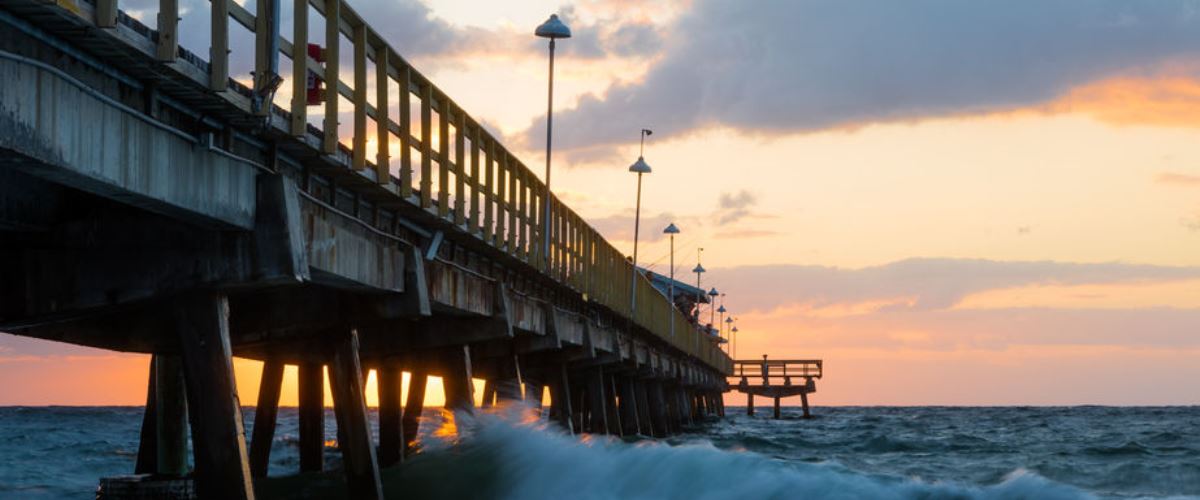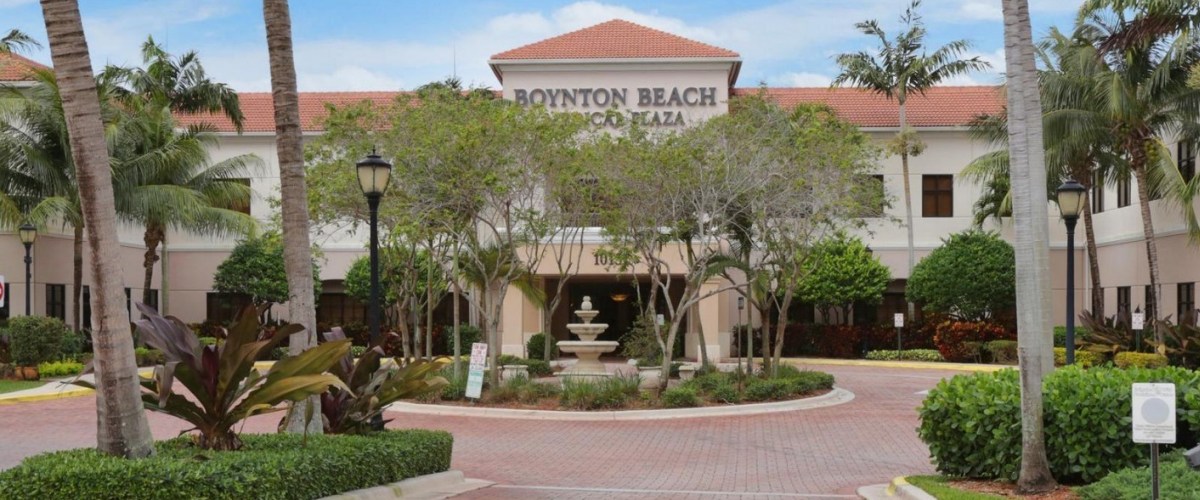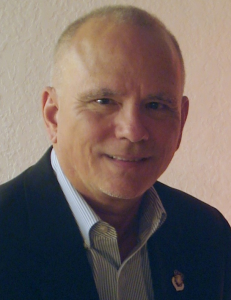Palm Beach County has been a party for developers during the past couple years. Comprehensive plan changes, zoning changes, they’ve won steady approval from county commissioners.
But November’s elections brought two new commissioners to the dais. The mayor’s gavel has been passed to a different commissioner. And early indications are that the music has stopped. The party might not be over – lots of approved projects have not yet been built – but the cover charge appears to be on the rise.
That’s rare and welcome news for environmentalists and preservationists, who have spent much of the past two years wailing in vain that the county was growing too much and in the wrong areas.
“It seemed to me that everything automatically passed,” said Drew Martin, conservation chair of the Loxahatchee group of the Sierra Club.
The list of agreed-to, pro-development requests has grown over the past two years.
Minto
In 2014, Minto Communities wanted land use changes to accommodate a massive project: 4,500 homes and the development of 2.1 million square feet of non-residential space in The Acreage.
After months of packed meetings, protests and complaints from environmentalists and preservationists, the commission voted 5-2 in favor of the request.
The county and Minto agreed to several conditions of approval dealing with such things as land set-asides for drainage, schools and parks. Minto, however, flipped the script on the county, backing the area’s incorporation as the new city of Westlake in a move that bewildered and angered commissioners.
It is unclear whether Minto must adhere to the conditions it negotiated with the county.
The Agricultural Reserve
Last fall, some land owners in the Agricultural Reserve, a 22,000-acre farming zone west of Boynton Beach and Delray Beach, wanted the county to lift restrictions limiting the type of parcels that could be used for preservation.
The county requires that 60 acres be set aside for every 40 that’s developed in the reserve. But if the parcel a developer wanted to use to meet that preservation requirement was smaller than 150 acres, it had to be contiguous to another parcel already in preservation.
The goal was to allow for some development in the reserve while at the same time preserving much of it for agriculture.
But smaller landowners complained that the rules unfairly depressed the value of their land, forcing them to remain in unprofitable nursery or farming operations.
Those landowners pressed commissioners to scrap the so-called contiguity rule, and, with a vote of 5-2, that’s just what they did.
Indian Trails Grove
In September, GL Homes asked the county to change its comprehensive plan to accommodate a project including 3,900 homes and the development of 350,000 acres of non-residential space on 4,900 acres west of 180th Ave. N. and south of Hamlin Road.
Environmentalists and preservationists made familiar arguments — too much development, too much stress on roads. The commission voted 6-1 to grant GL Homes’ request.
Iota Carol (AKA Delray Linton Groves)
An affiliate of a Newport Beach, Calif. investment firm asked the county to change its comprehensive plan to accommodate a project including 1,030 homes on 1,288 acres west of The Acreage.
Again, environmentalists and preservationists asked commissioners to deny the request, and commissioners again refused.
Zoning changes for the Indian Trails Grove and Delray Linton Groves projects are expected to come before the commission this year.
That commission is different from the one that approved development requests over the past couple years.
Shelley Vana and Priscilla Taylor, consistent votes in favor of development projects, have been replaced on the commission by Dave Kerner and Mack Bernard.
And the mayor’s gavel has been passed from Mary Lou Berger, who has also favored development projects, to Paulette Burdick, who has been the commission’s most persistent critic of them.
The changes have had an immediate impact.
In December, the county debated whether it should agree to sell 571 acres in the Agricultural Reserve it owns jointly with the South Florida Water Management District.
The 571 acres are part of a larger tract the county purchased in 2000 using public money raised to acquire land for preservation or agriculture. Two years later, the water management district purchased a 61 percent stake in the 571 acres with plans to use it as the site of a reservoir.
The district no longer plans to have a reservoir built there and wants to sell the land. Because the land is jointly owned, the county would have to agree to the sale.
Environmentalists and preservationists said the sale could one day lead to more development in the reserve.
A majority of the commission — Burdick, Melissa McKinlay and the two new commissioners, Kerner and Bernard — said they weren’t prepared to vote in favor of a sale.
The commission eventually voted to conduct a joint meeting with the district’s board of governors to see if it’s possible to head off possible legal action over the land.
“They are showing they are being more moderate,” said Karen Marcus, a former commissioner. “These folks are more skeptical of projects.”
Burdick, denied the gavel in a rebuke two years ago, now has broad authority to set the terms of debate. As chairwoman of commission meetings, she can decide not to accept a motion and extend or restrict the time allotted to speakers.
In addition to zoning requests on big projects, commissioners this year are expected to conduct a workshop on the county’s workforce housing program, set up to require developers to include lower-cost housing in their projects.
Developers don’t like the requirement and have frequently exercised their right to pay a fee in lieu of building the less expensive housing. Burdick has argued that the buy-out costs should be scrapped or raised so the county gets more money to help provide affordable housing or developers are more inclined to build it.
When the program was discussed in the past, Burdick’s frustration with the buy outs would induce eye rolls from colleagues who argued that developers were merely exercising their rights under the program.
The new commission, however, has chosen her as mayor.
“That they selected Commissioner Burdick to be the mayor, that was thoughtful,” Marcus said.
Burdick said she does not believe she alone can make the commission more wary of development projects.
“I’m only one voice,” she said. “I am hopeful that my new colleagues will look at the economic impacts of some of these new projects.”
That some projects have already moved forward through comprehensive plan changes does not mean zoning changes will follow, Burdick said, adding that she does not believe the rejection of zoning requests will automatically prompt lawsuits from developers.
“We’re not taking away any of their current entitlements,” Burdick said.
Source: Palm Beach Post







